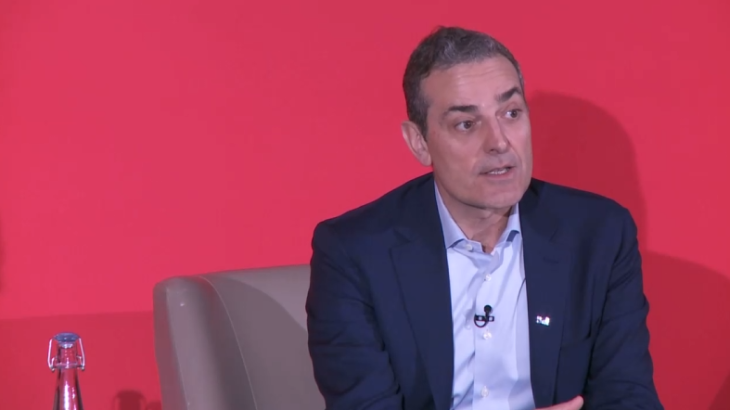
Telco phasing out prepaid plans on Bell brand by year-end
By Ahmad Hathout
Bell executives said Thursday that approximately 106,000 subscribers are affected by a ruling by the CRTC this summer that prohibits Bell customers from using the wholesale internet regime in its operating territory.
The regulator said in the August decision that large players and their affiliates cannot lease internet capacity from others in areas where they have their own networks. To avoid service disruptions, existing customers on the third-party internet access (TPIA) regime will be able to continue to receive service but they cannot change speed plans or get upgraded technology.
“For those that are [in the fibre footprint], we’ll continue to migrate them and where we don’t have fibre, we will continue to keep them on TPIA for as long as they remain our customers,” Bell CEO Mirko Bibic said on a third-quarter conference call with analysts Thursday.
On Wednesday, the federal cabinet handed Bell a partial victory by recommending that the CRTC revisit whether it should ban Rogers, Bell and Telus from using the bundled fibre networks of the telco incumbents in Ontario and Quebec.
Bell also announced that it will stop selling prepaid plans on its Bell brand by the end of the year, which follows the same move it made for its flanker Virgin Plus at the end of September. It’s what Bibic calls “an effort to strike a better pricing tier balance between our various brands.”
That means the telco removed 77,971 Virgin Plus prepaid phone subscribers from its base, which stood at 887,834 – or down 1.4 per cent over the year – by quarter-end on September 30. Otherwise, the telco added roughly 69,000 net new prepaid customers in the quarter from a gross of 214,147 – an increase of 18.7 per cent over the year.
The telco’s Chief Financial Officer Curtis Millen said the result is a small benefit on average revenue per user (ARPU), which was down 3.4 per cent to $58.26 compared to the same period last year.
Bell, like others, have been utilizing the bundle as a tried-and-true method to keep customers inside the base. Despite this, Bibic said bundled customers are still a minority in terms of the overall subscriber mix.
Still, postpaid churn – or the rate of defections – was 1.28 per cent, 0.18 points higher than the third quarter last year. Bibic said the company isn’t happy about the churn, but said it’s the reality of the competitive market as it enters the hot holiday season.
On that point, Bibic said how the telco fares in the fourth quarter will depend on the Black Friday event later this month and the holiday period generally. If Black Friday and the holiday period is relatively stable, then Bell will be okay, he said, adding if promotions are more focused on hardware than service, that will be better for the company’s margins and ARPU.
The company added 33,111 net new postpaid subscribers in the quarter, down 77 per cent over the year and from approximately 374,000 gross adds in the quarter – down 11.6 per cent over the year. Bibic said all its new postpaid customer additions were activated on the main premium Bell brand, which has been the goal for the large telecoms.
The overall postpaid base at the end of the quarter was 1.9 per cent higher than last year, at 9.47 million.
On new connected device subscribers, Bell added 56,216, down 12.5 per cent over the year, for a total base that was up 11 per cent to 2.94 million.
New internet adds were 42,415, down 46.5 per cent compared to the same period last year, for a total base at year-end that was up 1 per cent to roughly 4.46 million.
On IPTV, the company added roughly 9,200 new subscribers, down 74.4 per cent over the year, for a base that was up 4.2 per cent to 2.13 million.
Total revenues were roughly $6 billion, down 1.8 per cent over the year and due in part to lower product and service revenues. The company also registered a net loss of roughly $1.2 billion, down from a net earnings of $707 million last year.
The loss primarily had to do with its media segment, which saw a “further decline in advertising demand and spending in the linear advertising market, as well as higher interest expense.”
Screenshot of Bell CEO Mirko Bibic



